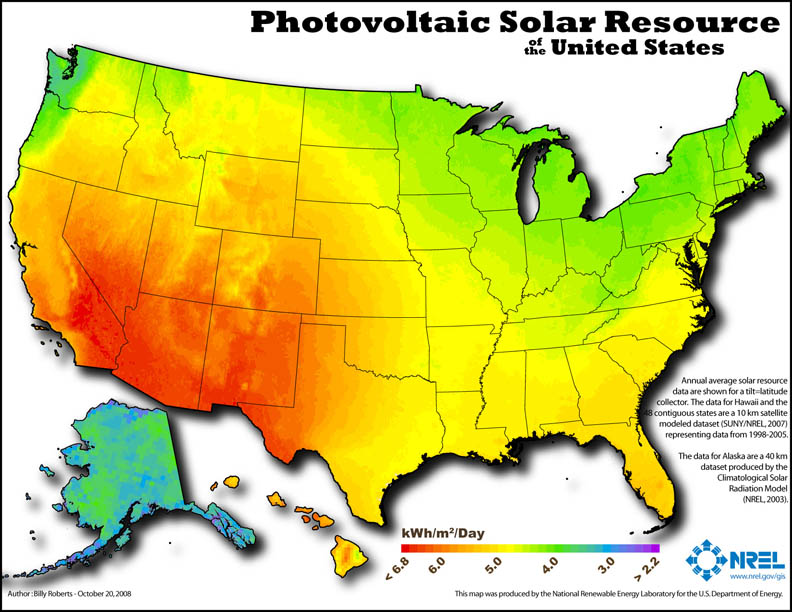forum
library
tutorial
contact

US Utility-Scale Solar, Wind
Capacity Could Double by 2020
by Kenneth Bossong
Renewable Energy World, January 5, 2018
|
the film forum library tutorial contact |

|
US Utility-Scale Solar, Wind
by Kenneth Bossong
|
 Proposed net additions to generating capacity by utility-scale wind and solar
Proposed net additions to generating capacity by utility-scale wind and solar
in the U.S. could total 116 GW by December 2020 -- effectively doubling their current installed capacity of 115.5 GW, according to the latest issue of the Federal Energy Regulatory Commission's (FERC) Energy Infrastructure Update, with data through Nov. 30, 2017. At the same time, the FERC report suggests that coal might experience a net decline of 18.7 GW -- equivalent to 6.6 percent of current capacity -- while nuclear power drops by 2.3 GW -- equivalent to 2.2 percent of current capacity.
The numbers were released as FERC prepares for a January 10 meeting to consider U.S. Department of Energy Secretary Rick Perry's proposal for a bail out of the coal and nuclear industries.
FERC's data also outlines the retirement of 10.8 GW of natural gas capacity by the end of 2020 but offset by the potential addition of 92.5 GW for a net gain of 81.7 GW -- an amount that would increase current natural gas capacity by 15.8 percent. Oil generating capacity would remain largely unchanged, with retirements of 571 MW and additions of 762 MW.
Renewable sources, however, could see the largest increase in their share of the nation's total installed generating capacity through December 2020.
Proposed additions for wind total 72.5 GW with only 68 MW of retired capacity, while solar could add 43.5 GW and experience just 2 MW of retirements. Hydropower, while retiring 706 MW, would grow by 12.7 GW. Biomass might add 945 MW and retire 47 MW, while geothermal could expand by 1.6 GW without any retirements. In total, proposed net generation additions for the mix of renewable sources totals 130.5 GW.
Should the proposed generation additions and retirements prove accurate, within three years, the mix of renewables would account for more than a quarter (26.5 percent) of the nation's installed generating capacity -- up from one-fifth (19.9 percent) today. Solar and wind combined would equal nearly 17 percent (16.7 percent) of capacity by December 2020.
FERC's data probably should not be interpreted as being a forecast or prediction; rather, it is better viewed as a confirmation of recent trends -- rapid growth by solar, wind, and natural gas accompanied by more modest gains by hydropower, geothermal, and biomass while coal and nuclear power experience sharp declines.
learn more on topics covered in the film
see the video
read the script
learn the songs
discussion forum
